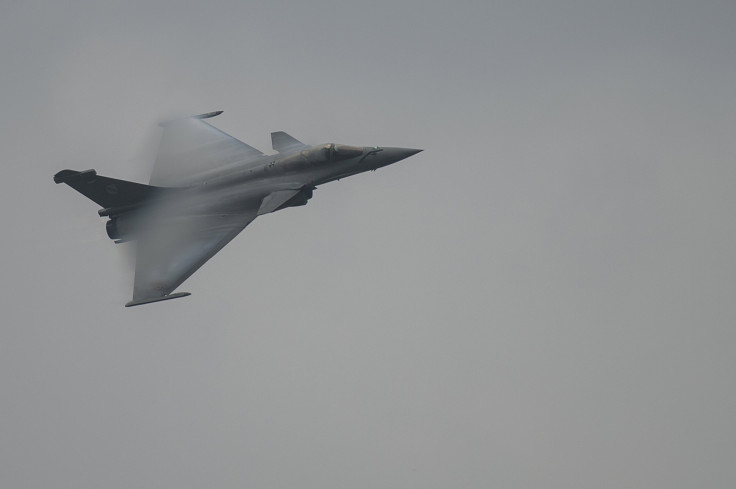Indian Defense Minister's Comments Raise Doubts Over Fate Of $20B Rafale Fighter Jet Deal

India will buy Dassault Aviation-made Rafale jets only through direct talks with the French government, India’s Defense Minister Manohar Parrikar said on Monday. His comments, which came just two days after Prime Minister Narendra Modi announced the purchase of 36 Rafale jets from France, raise doubts over the fate of an existing deal with Dassault.
In 2007, the Indian government had floated a global tender to purchase fighter jets. Of the six companies -- including Boeing and Lockheed Martin -- that competed for the contract, France’s Dassault emerged as the lowest bidder in January 2012. The tentative order for 126 Rafale fighter jets was valued at $20 billion. However, three years down the line, price negotiations and disputes between the Indian government and the French company over local assembly have failed to achieve a breakthrough.
“Instead of going through the tendering route where there was a lot of confusion and chaos, it was decided that we will go through the government-to-government route,” Parrikar reportedly said, adding that this was done to “break the vortex” of negotiations with Dassault. Parrikar, however, stopped short of saying that the previous deal had been scrapped.
“Instead of going through the RFP (Request For Proposal bidding process)... it is now the situation that 36 will be procured ready to fly. What is to be done with the rest will have to be discussed,” Parrikar reportedly said, without providing further details. Moreover, he added, the terms and conditions of the new deal with the French government -- valued at $4.25 billion -- are still to be worked out.
The first of the Rafale jets, which would not be delivered to India for at least another 30 months, are expected to replace India’s aging Russian-made MiG and French Mirage fighters. Parrikar also added that the induction of the jets, along with a planned MiG upgrade program, would help bridge the gap between the air force’s requirements and its current capability. Between 2010 and 2014, India was the world’s largest importer of arms, accounting for nearly 15 percent of all global arms imports in this period.
However, some defense experts have said the deal is a pact of “regression.”
“The IAF (Indian Air Force) brass may be happy. But consider the deleterious effects of yet another type of weapons platform added to the fleet. At last count IAF had 27 different types of aircraft in its inventory,” Bharat Karnad, a professor at the Centre for Policy Research, wrote on his blog. “Now add another one, and compound the logistics problem of handling a completely new aircraft and maintenance setup.”
He also added that the “infernally stupid” decision had “torpedoed” the Indian government’s efforts toward developing an indigenous fighter jet. According to a report released by the Stockholm International Peace Research Institute in March, India has so far “failed to produce competitive indigenous-designed weapons.”
© Copyright IBTimes 2024. All rights reserved.












